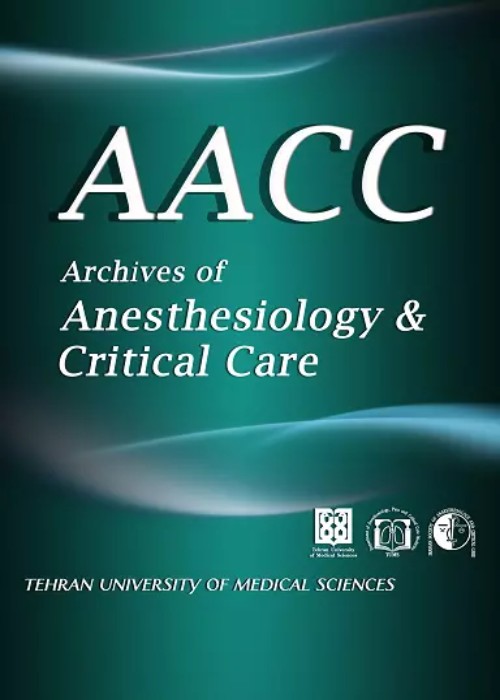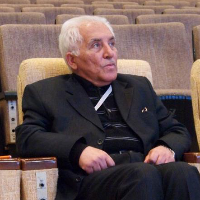Incidence and management of postoperative nausea and vomiting
Postoperative nausea and vomiting (PONV) is viewed as nausea and/or vomiting or retching that occurs in the Post- anesthesia care unit within the first 24–48 h after surgery. The incidence of these adverse reactions is between 30 and 80% following elective surgery based on the type of surgery and anesthesia, and predisposing patient risk factors. The most commonly used criteria in the perioperative assessment of the risk-score is Apfel which is a tool to evaluate PONV. The risk-score depends on Four variables: female gender, PONV history or motion sickness, postoperative opioids, and smoking status.
Currently available evidence on MEDLINE, PubMed, Google scholar and Cochrane Evidence Based Medicine Reviews, in addition to the citation reviews by manual search of new anesthesia and surgical journals related to management post-operative nausea and vomiting were searched.
This review of recent studies showed incidence and management of post-operative nausea and vomiting and way to prevent or reduce its incidence by using monotherapy or combination antiemetic therapy, multimodal approach and by using optimal anesthetic technique for reducing baseline risk PONV.
The causes of PONV are complex and multifaceted. Patient (gender, individual background, and medical condition); anesthesia type; and surgical procedure are all risk factors for PONV. PONV is better treated by preventing and/or minimizing PONV risk factors, as well as using prophylactic antiemetics in high-risk patients. There is no one PONV antiemetic drug or technique that is 100% appropriate for all patients at this time. If the first anti emetic is unsuccessful, a 2nd or 3rd anti emetic that targets a specific mid brain emetic receptor location may be needed. PONV prophylaxis should be considered for patients who have a low to high chance of contracting the virus, according to the scoring system. The patient may be treated with monotherapy or combination treatment of anti emetics, as well as non pharmacologic approaches and therapies to reduce baseline risk, depending on the severity of risk. A targeted multimodal solution beginning in the preoperative phase is more likely to ensure progress in the management of PONV, which increases patient care satisfaction while still being cost-effective.
- حق عضویت دریافتی صرف حمایت از نشریات عضو و نگهداری، تکمیل و توسعه مگیران میشود.
- پرداخت حق اشتراک و دانلود مقالات اجازه بازنشر آن در سایر رسانههای چاپی و دیجیتال را به کاربر نمیدهد.



